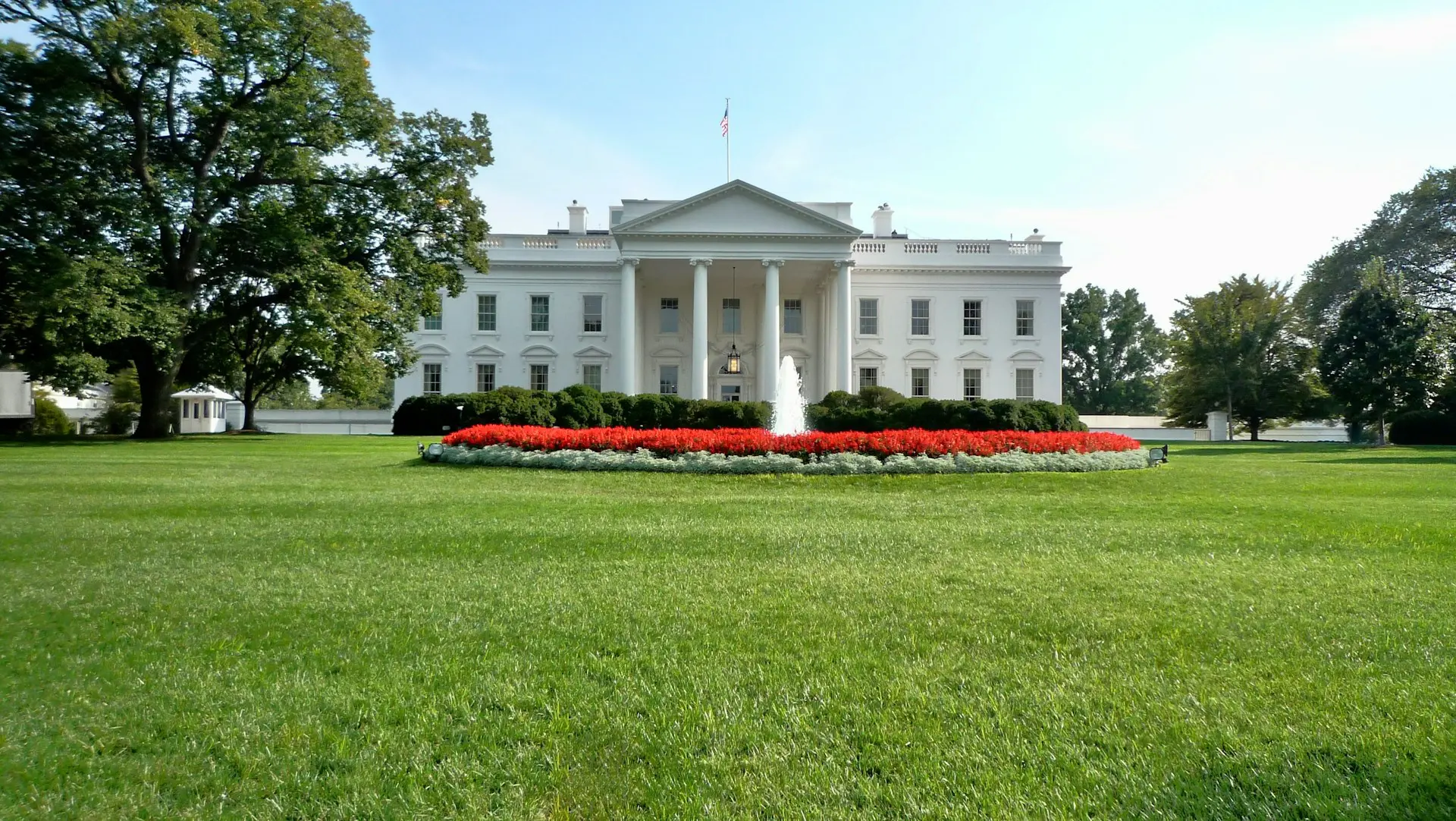
The Three Branches of Government
It’s likely been a long time since you last took a civics class, so here’s a refresher on how the federal government is organized. In the United States of America, the federal government is divided into three major branches to create a system of checks and balances. These branches include the Executive Branch, the Legislative Branch, and the Judicial Branch. Each of the three branches holds specific powers that the other two do not. This allows each branch to “check” the powers of the other branches to ensure that they do not gain too much power. Today, we will take a brief look at the three major branches of government.
3 Branches of Government
1. The Executive Branch
The Executive Branch is the most well-known and iconic of the three major branches. The power of the Executive branch is bestowed on the President of the United States. Other members of the Executive branch include the Vice President and the members of the Presidential Cabinet. Members of the Cabinet are nominated by the President and are approved by the Senate. The executive branch is responsible for carrying out the laws.
2. The Legislative Branch
You are probably familiar with the Legislative Branch’s more common name, Congress. The Constitution gives Congress the authority to enact legislation and to declare war. Congress is subdivided into two major groups: the Senate and the House of Representatives. The Senate consists of 100 members, two from each state. The House of Representatives has 435 elected members. Each state is granted a specific number of representatives based on its population. More populous states are granted more representatives. Each Senator serves a 6-year term, while each Representative serves a 2-year term.
3. The Judicial Branch
The final branch of government, and the most familiar to Van Norman Law, is the Judicial Branch. The Supreme Court of the United States leads the Judicial Branch. It is the job of the Judicial Branch to uphold the Constitution by evaluating the laws. The Judicial Branch presides over court cases, protects the judicial process, and oversees the laws of the land.
Arizona Criminal Defense Attorney
The three major branches of government help to hold the United States to high standards. Without the branches, we would most likely not have the freedoms we so easily disregard. And when things go wrong, the Van Norman Law team provides expertise in criminal defense law and more!
If you are in need of a reliable criminal defense attorney in the Phoenix and Scottsdale areas, contact us today to schedule a FREE CONSULTATION.
Images used under creative commons license – commercial use (12/9/24).Photo by Andy Kennedy on Unsplash



